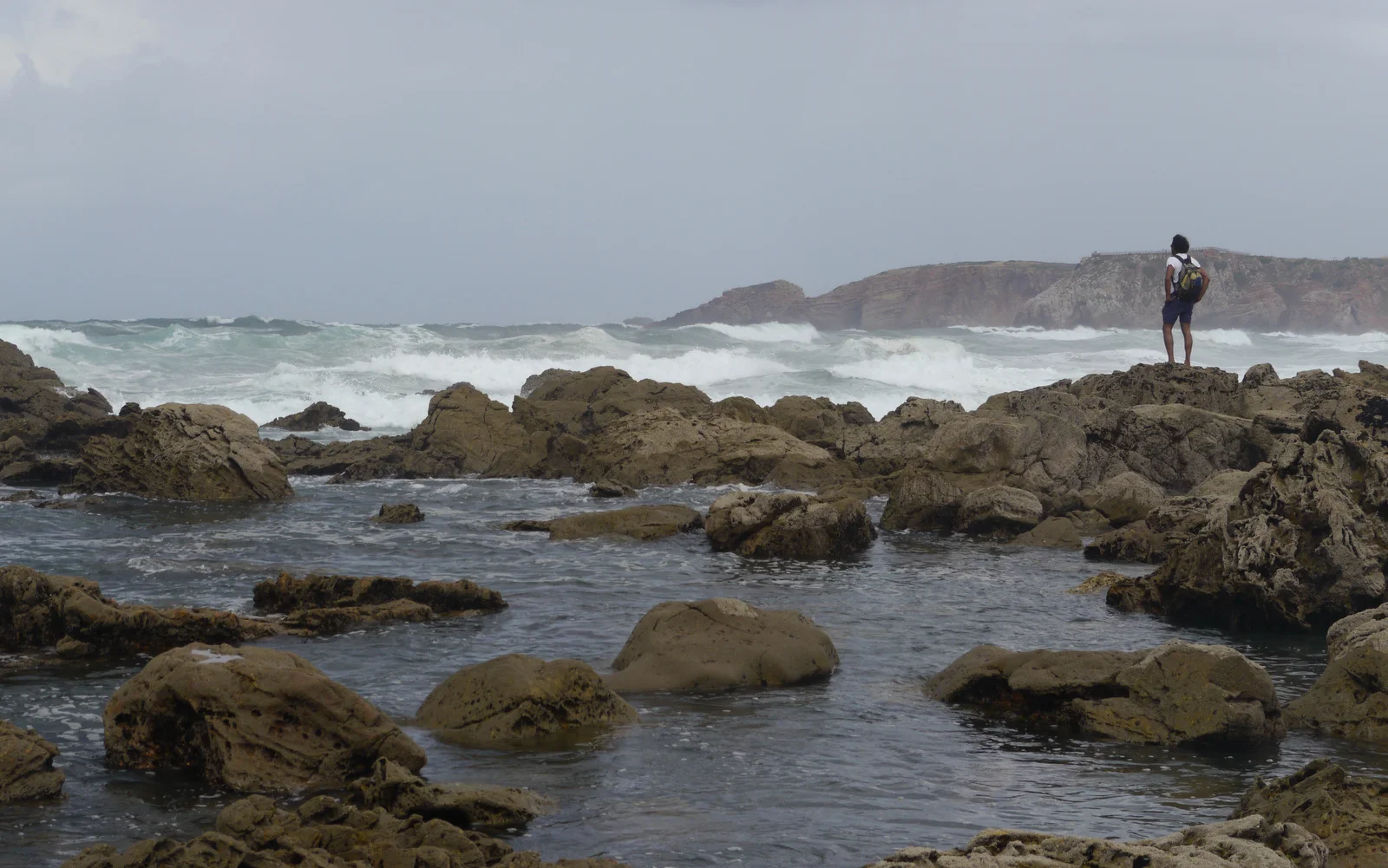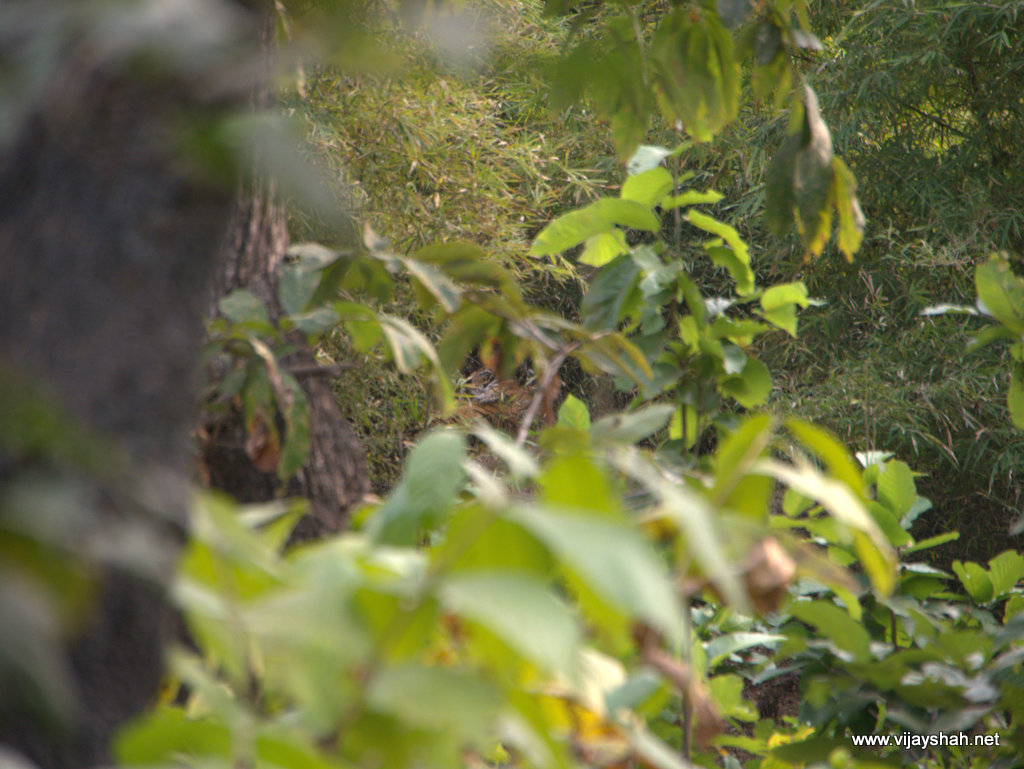Backpackerstan. I love this term. I'm not sure where it originated from but it describes some places perfectly. The name invokes something exotic and edgy yet with all the fluffiness and comfort of 'back home' - a one word oxymoron. One of these places is Mcleod Ganj where I have just arrived. If I had done some research I would not have been so surprised at arriving here. But as it is I hadn't and all I knew was that this was the seat of the Tibetan Government in exile, home of the Dalai Lama and most important for me where the Vipassana centre is located where I am due to start a ten day silent meditation course. It is fascinating how each of these independent travellers, bent of discovering somethng 'new', something 'real', contributed to the creation of a Backpackerstan. Probably the very thing they were trying to avoid. It is also fascinating how such a place is created in the first place: A trickle of early explorers/travellers discovers a place, a community that accepts them, allowing them to live amongst them, cheaply and with some spiritual or environmental depth. These travellers tell their friends about this place and as the word is passed around the traveller grapevine the trickle turns into a stream. The path becomes troddenand soon enough the guidebooks get hold of it, as it is their job to do. The stream turns into a river as more laid back, less hardy travellers arrive. Businesses emerge catering for thier needs: Toilet roll, biscuits, crisps and beer. Inevitabely, the chocolate banana pancake is served and once the trance parties start the transformation is complete.
But the Backpackerstans of the world are not all the same and they are not necessarily a sell out to the 'true' traveller. There is a real reason why the place became a Backpackerstan in the first place it's not all coincidence.
Mcleod Ganj's allure is twofold. It lies at just below 2000m in the Indian Himalayas. The beauty of the Himalayan valleus topped by 6000m snow capped peaks and a temperate climate make it a haven from the rest of India. But more importantly (for the creation of a Backpackerstan) it is the home of the Tibetan government in exile and the home of the highest spiritual leader in Buddhism , the Dalai Lama. The popularity of Buddhism amongst western travellers need not be stated and they originally came here for the chance to commune with the great leader. In the streets of Mcleod Ganj, marron robed buddhist monks and Tibetan clothed westerners dot the streets in equal numbers amongst the more western dressed Tibetan and Indian residents. In the background in a plethora of signage restuarants claiming they make the best pizzas in town and guest houses delcaring the best and cheapest rooms vie for business. This is not how the town would've evolved without the backpackers. But it would be wrong also to attribute all the changes of Mcleod Ganj to backpackers. The seat of the Dalai Lama and the beautiful mountain scenery makes it a destination also for the more traditional tourist, foreign and Indian alike as well as a pilgrimage for Buddhists the world over. They too have affected the evolution of the town considerably and many businesses cater for their needs instead: Shops selling expensive Buddhist and Tibetan trinkets, statues and singing bowls line the streets leading to the main temple. However although these tourists have had some affect on the town and the numbers of Indian tourists alone easily outnumber the other type of tourists it is the backpackers that stay long term and have made the biggest differences here.
Once a Backpackerstan is born there is no going back. The culture of the place changes, the young , influenced by their western (richer) visitors fuse their culture with their own to create a hybrid culture sometimes combining the best of both cultures, often combining the worst. But that does not make travellers bad or irresponsible. It would be dishonest to the host for the traveller to pretend to be something they are not in order to prevent cultural changes. That is social engineering in itself. Cultures change all the time, influenced by everything they come in contact with. The fusion of cultures and it's evolution, happening faster here than other places is fascinating to watch.
A message for those that spurn such environments looking for the 'real' India, stop looking and start seeing because this is as real as anything else. Welcome to Backpackerstan!
_uacct = "UA-3111569-2"; urchinTracker();


